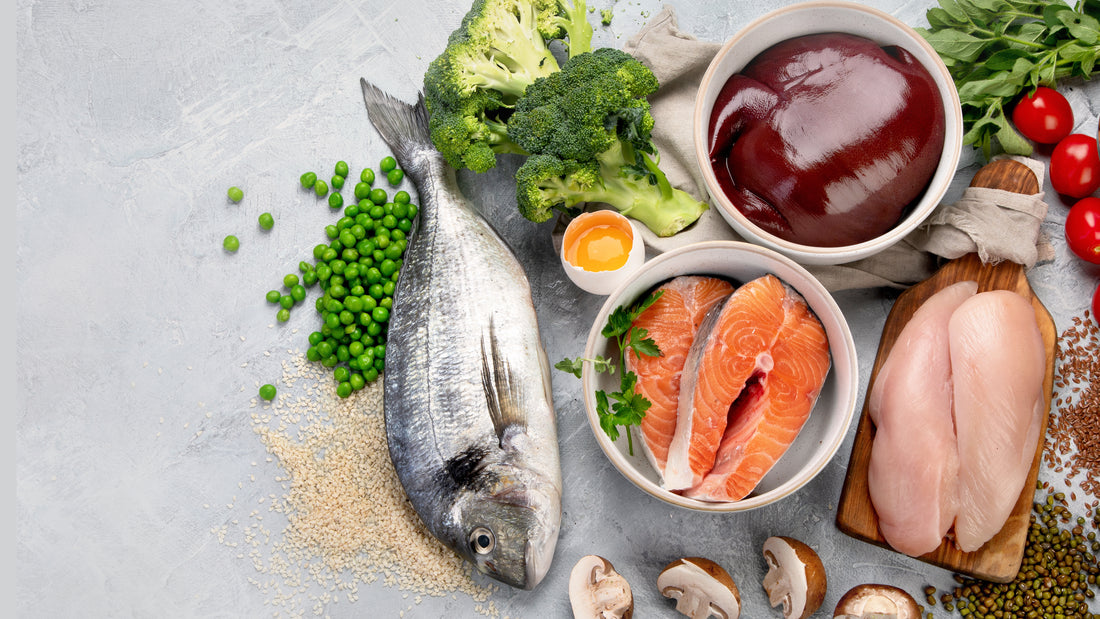Role of Iron Iron’s most well known role is to transport oxygen around the body via a protein called Haemoglobin, found in red blood cells. But healthy blood isn’t all that Iron is capable of - Iron also plays a key role in energy production, oxygen storage in the muscle and immune regulation. Seriously-low iron stores can lead to a blood disorder called iron-deficiency anaemia. Signs you could have sub optimal iron status
- You’re tired and lethargic all the time
- You’re feeling weak and find it hard to catch your breath - especially upon physical exertion e.g. in the gym
- You seem to catch every cold and flu that comes your way
- Finding it difficult to concentrate at work
- You’re experiencing dizzy spells
Food sources of Iron Haem iron - type of iron found in animal products and is absorbed relatively well by the body.
- Best sources: chicken liver, beef, kangaroo, lamb, salmon, tinned tuna, pork, chicken, snapper, clams
- Best Sources: Kidney beans, lentils, chickpeas, tofu, wholemeal pasta, fortified cereals like Weetbix, cashews, almonds, raw spinach, rolled oats, dried apricots, figs, broccoli, brown rice, wholegrain bread, cacao powder and quinoa
Tips to boost your iron intake
- Include iron-rich grains like quinoa in a salad and add a source of citrus (e.g. lemon juice or orange segments) to boost absorption
- Try using baby spinach and kale in your salads rather than regular lettuce
- Snack on iron-rich dried fruit, nuts and seeds like pepitas, cashews, dried apricots and figs. Better yet, sprinkle them over your main meals for added crunch
- Consider having your tea/coffee half hour away from meal times
- Bulk up your stews, soups, salads and curries with lentils for an added iron boost.
- If you eat meat, choose red meat twice a week
Should I take a supplement?
- Unlike some other nutrients, there is such as a thing as too much iron
- If you suspect you might have low iron, get your levels tested by your Doctor before commencing a supplement
- Iron is present in very small amounts in most multi-vitamins and is considered safe even if you have adequate iron stores.



